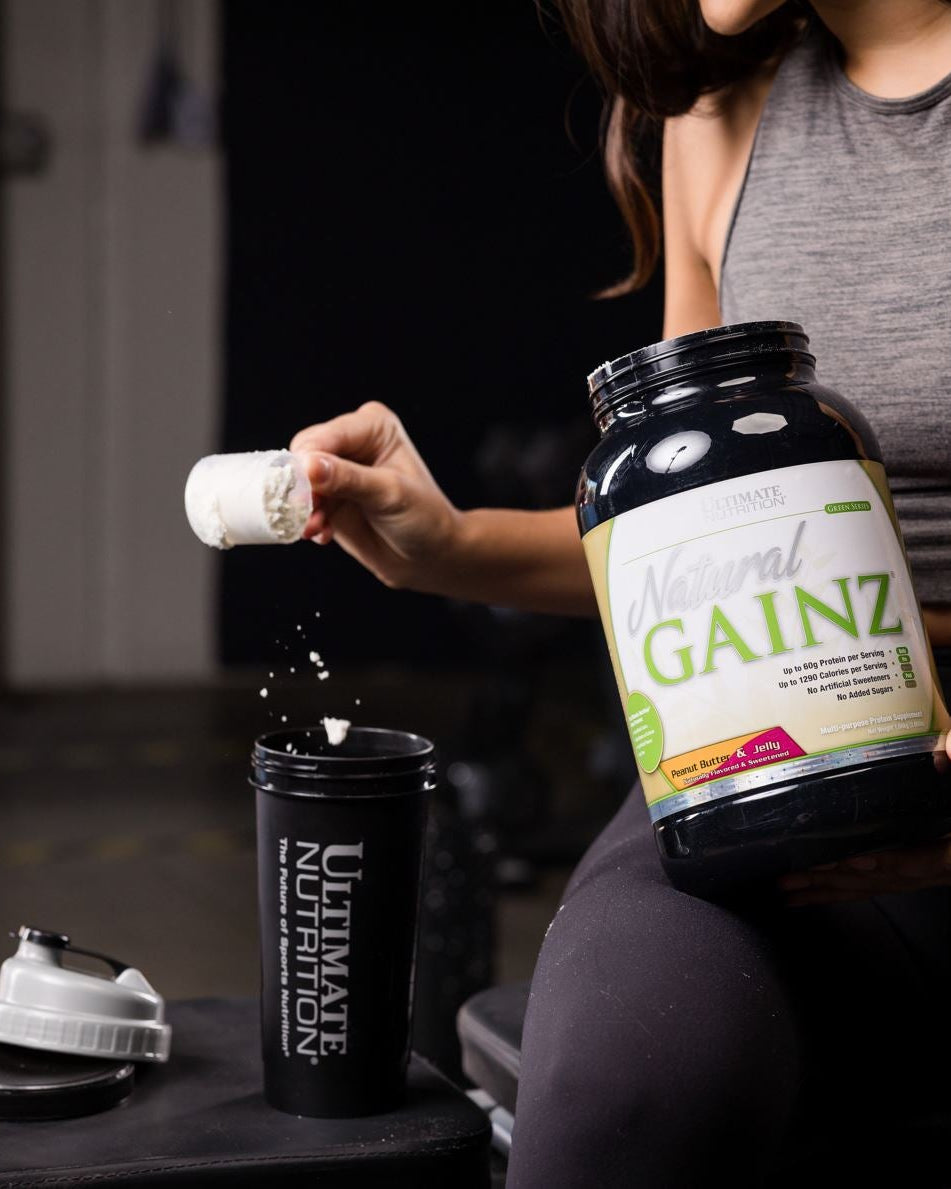Interval training (also called high-intensity interval training or HIIT) is an increasingly popular method of exercising that improves efficiency and decreases the amount of time spent at the gym. Interval training allows you to mix up your workout routine and keep your routine interesting while achieving your fitness goals. If you feel like you are not achieving the results that you want in your current workout routine, or you are stuck in an exercise rut, interval training may be a solution.
Interval training is straightforward and can be as easy or as complicated as you wish. The idea is to alternate short periods of intense activity with long intervals of less intense activity. Throughout the cycles, your heart rate is elevated, even during the longer intervals with less intense activity. Keeping your heart rate elevated for this extended period and working through intervals of higher intensity increases your aerobic capacity. As your cardiovascular fitness continues to improve you will be able to see the results both in your workouts and you will have more energy within your day to day routine.
A high-intensity interval workout has been shown to burn more calories in a shorter amount of time. This occurs because this type of workout triggers fat burning hormones. Working out at an intensity that you cannot sustain for a long period of time requires your body to burn more calories both during your workout and even after your workout as well. Additionally, interval workouts have been shown to improve your body's ability to use oxygen as energy; this is called your VO2 max. Improving your VO2 max will allow you to sustain difficult workouts for longer periods and will also improve your overall energy level.
A high-intensity interval workout can take many different forms and can even simply be a slight adjustment to your existing workout routine. Here are a few ideas for high-intensity workouts:
- If your current workout routine involves walking or running, you can make a slight adjustment by adding in brief intervals such as a minute of brisk walking or faster paced running every few minutes. For example:
- Running 30 minutes - begin with a 5 minute warm up and then move into intervals. Every 2 minutes increase your speed by one mile per hour for 30 seconds.
- A more complicated interval workout may look something like:
- 5 minute warm up - this could include dynamic stretching, walking, running, jumping jacks or anything that begins to increase your heart rate
- First workout set (could include push-ups, box jumps, sit-ups, squats, lunges)
- Active rest (walking, running) for 5 minutes
- Second workout set (can vary from the first workout set or be the same)
- Active rest (walking, running) for 5 minutes
- Regardless of the exercises you choose, the goal is to keep your heart rate elevated throughout the workout
There are many benefits behind interval training including the ability to vary your workout routine and avoiding boredom associated with completing the same routine. Interval training is also an efficient way to get the most out of your workout in a reduced amount of time and push yourself through new challenges which will both improve your overall fitness and energy levels.





















